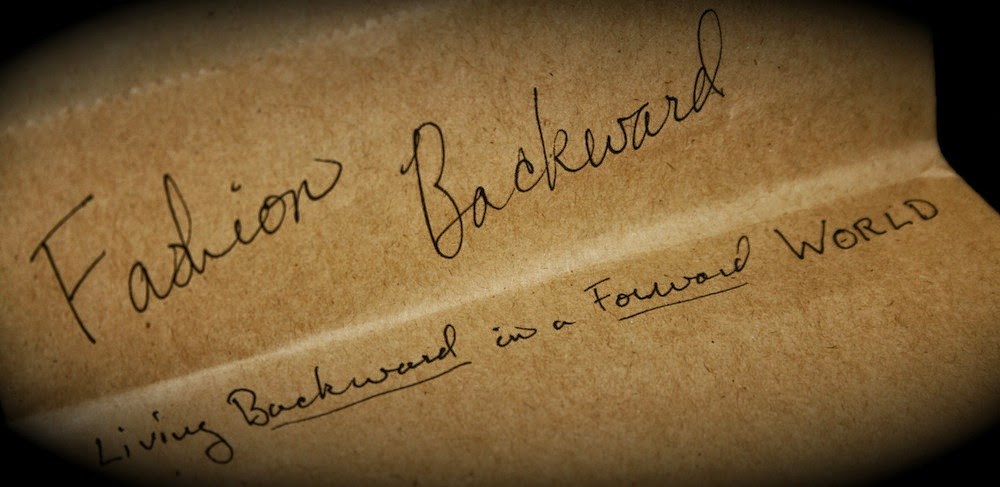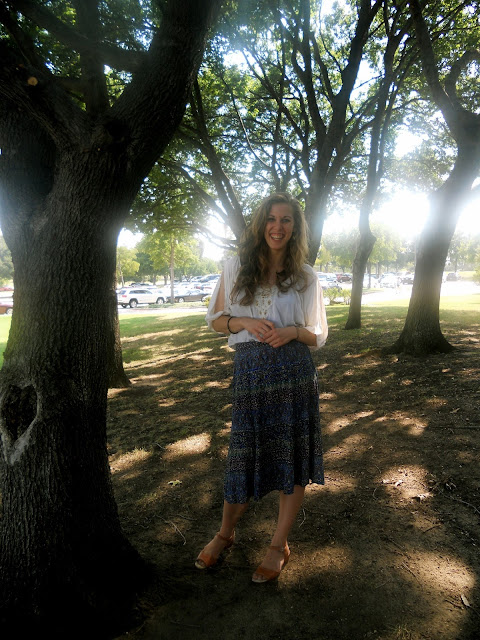Today, Claire S. and I skipped over to Uptown for a coffee, studying, and an impromptu architectural excursion. Uptown is a very strange area: on one block, you have adorable little bungalows, shaded by spreading pecans and oaks.
And, the next block, you're dwarfed by the inhuman scale of the high rises.
 |
| Claire bemoans the loss of human scale. |
But, this really is no surprise for Dallas' brand of urbanism. The city is obsessed with the big and the flashy. Think of the Stanley Korshak, just a few blocks away.
 |
| Photo cred Claire S. |
Or 'Monument Valley' over in the Arts District (Larry Speck gives it that title on his blog here, which Claire S. referred me to). But, Dallas' charm does not lie in its magnificent, if not ridiculous shopping malls, and its monumental theaters by I.M. Pei and other famous architects.
 |
| Photo cred Claire S. |
Rather, it lies in the care and attention its residents take to make it a beautiful place. Take the above door (just the door, all by its lonesome) for instance. It was made by a craftsman, not an architect. But, it brings to its home all the elegance and charm that the Winspear Opera House decidedly lacks. While the Opera is loud (pun intended) and ostentatious (it glows red, for crying out loud), there is nothing that denotes real craftsmanship in its construction. It is yet another gigantic monstrosity, constructed over its iron skeleton.
But, the houses, on the other hand, are filled with personal details. Claire and I were especially impressed by this red-brick Queen Anne. It's nice how the house is built up from the street level, thereby establishing a sense of liminality. It is in a separate sphere from the banal goings-on of the street.
The porch is another delightful feature of the house. Front porches so often become absurd and useless features that are meant to establish a sense of old-school charm but that really just waste space. But this porch, however, is clearly beloved and used. The potted plants and the outdoor furniture suggest the care and concern the residents have for their home.
Moreover, it's wide enough that it can comfortably hold chairs, and people can actually turn their seats towards each other. Rather than serving as an awkward perch from which to survey passing promenaders, this porch is a place that can foster conversation and camaraderie.
I think what is most charming about this house is that it looks like a home. The house itself is beautiful, but it's the attention to detail that really makes it. The owners painted the porch and the window-trim blue, thereby adding coherence and contrast.
They allowed vines to grow up on their walls and to break the otherwise jarring expanse of red.
They have a cat who sits picturesquely in their windows. In short, they have a home.
There were other charming houses in Uptown. But, they lacked the familiarity and personality of the red Queen Anne. Many (like the one pictured above) had been turned into law offices or doctor's offices or psychoanalyst's offices.
And, although it's nice that they're being preserved by their respective office-keepers, it's tragic that their yards are empty of children, their windows devoid of cats, their porches unused.
Somehow, the takeover of the office is the most heinous and abusive defamation of old houses. Shops, at least, and restaurants still hum with human interactions and provide a venue for interpersonal exchange. But, the office sterilizes an environment. You may haphazardly walk into a shop or greet your neighbor from the street, but you will not haphazardly walk into a law firm.
That said, some of the residents of Uptown are still doing their best to keep their streets charming. And, that is all one can do. Creating a beautiful environment does not require building newer and more impressive buildings or imitating (might I say, bastardizing?) the grandiose style of some bygone era. Rather, it requires humanizing the inhuman, personalizing the impersonal, and creating a space in which it is clear that individuals live.
As JPII would say, it's the personalist principle.


































